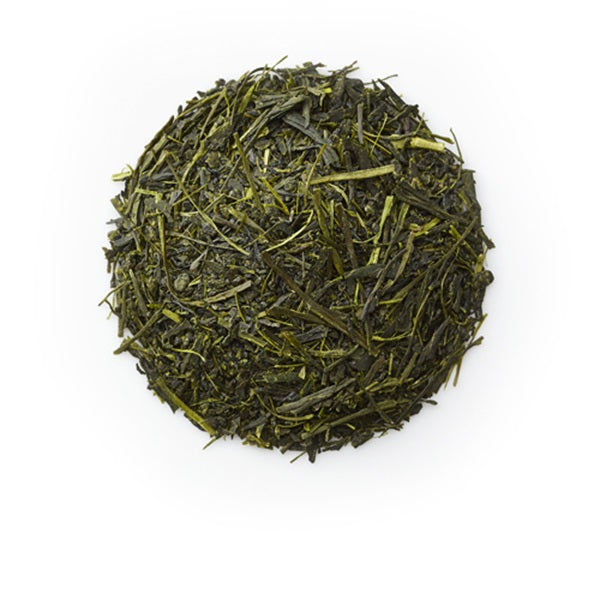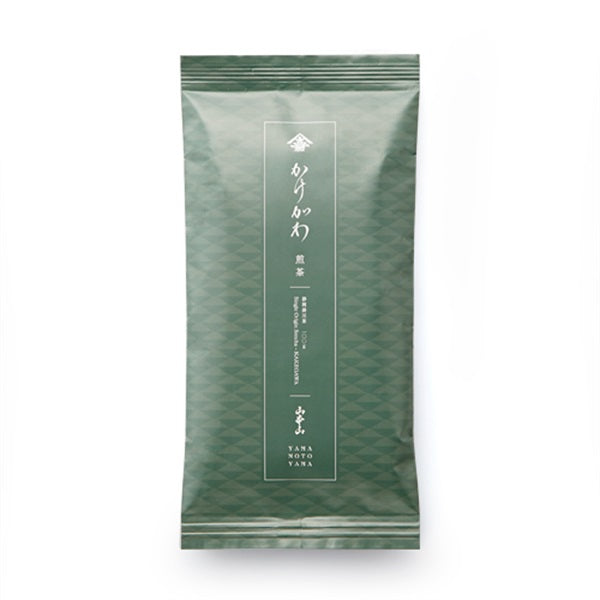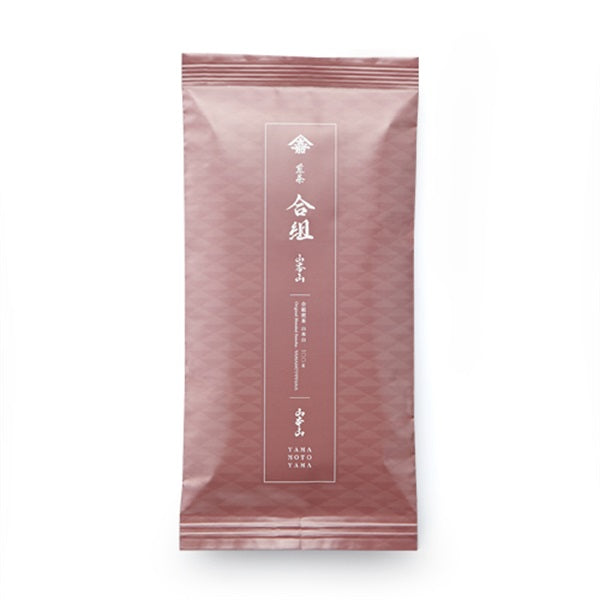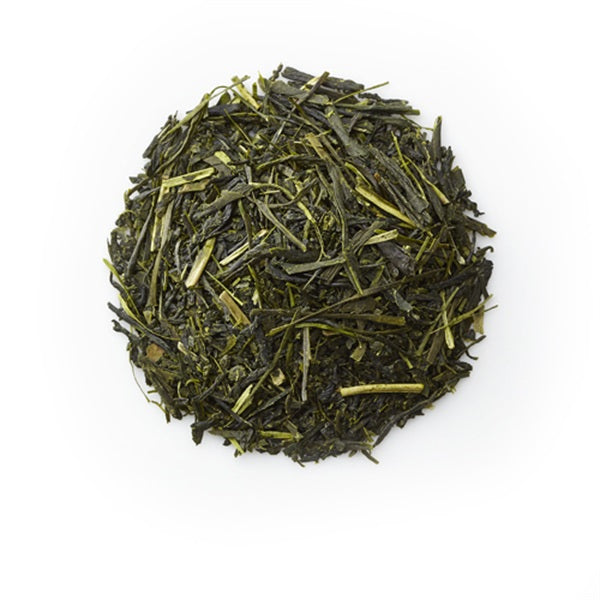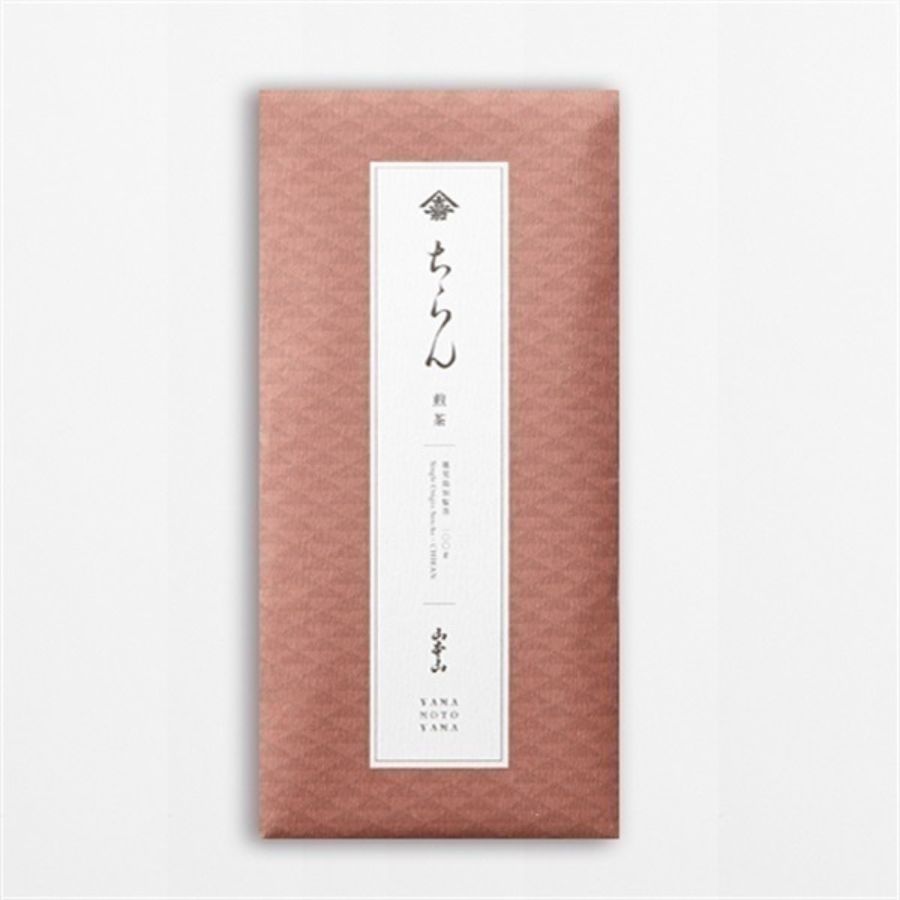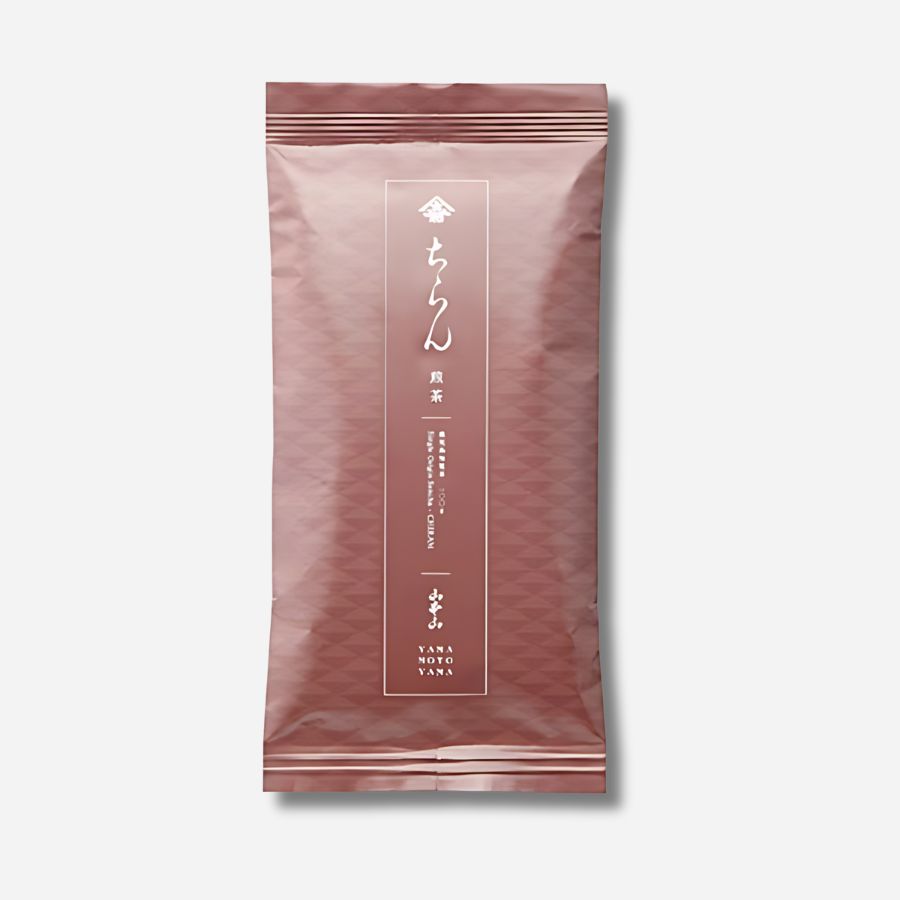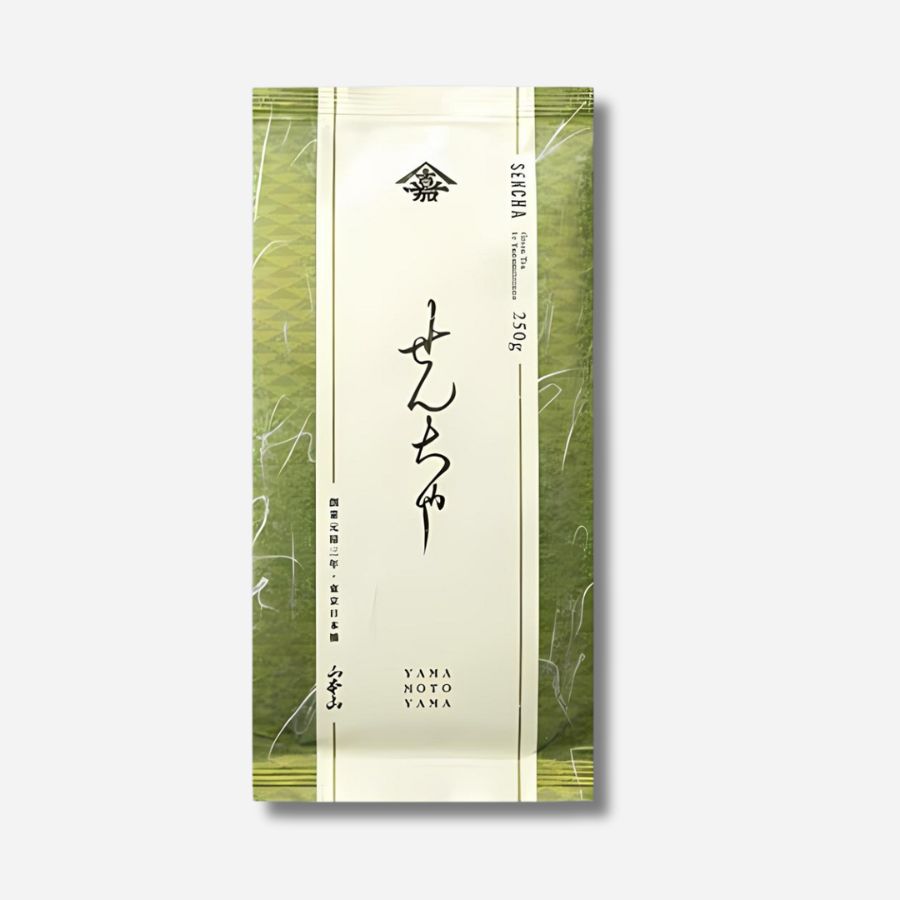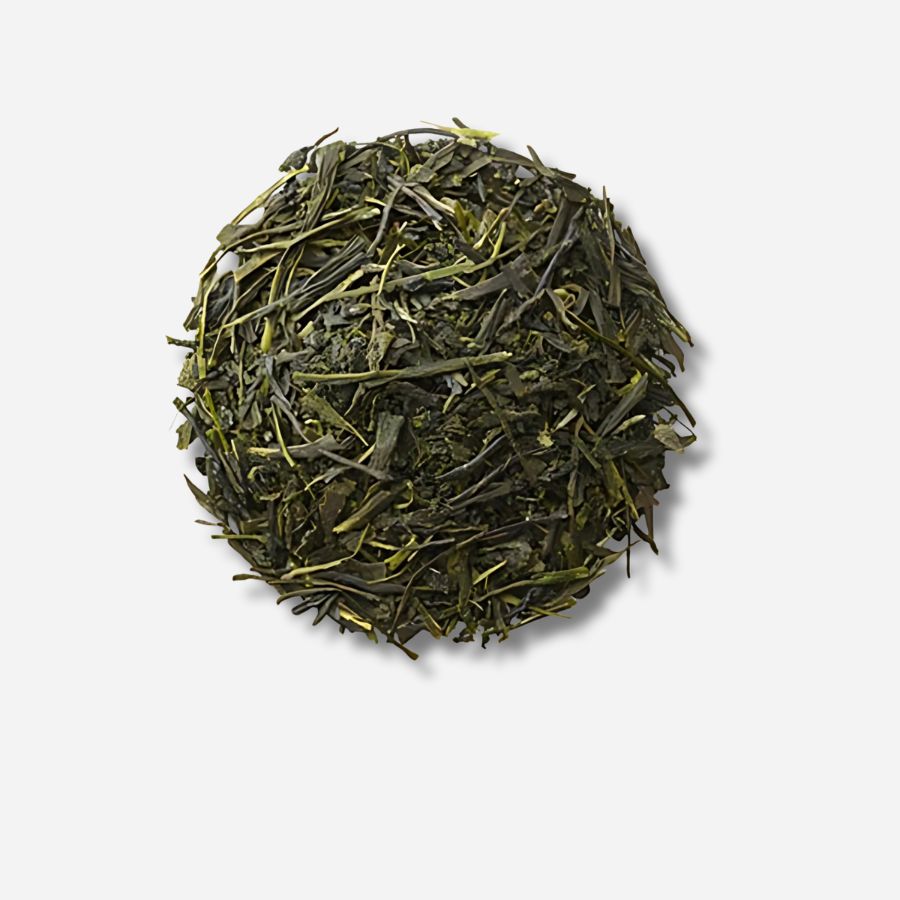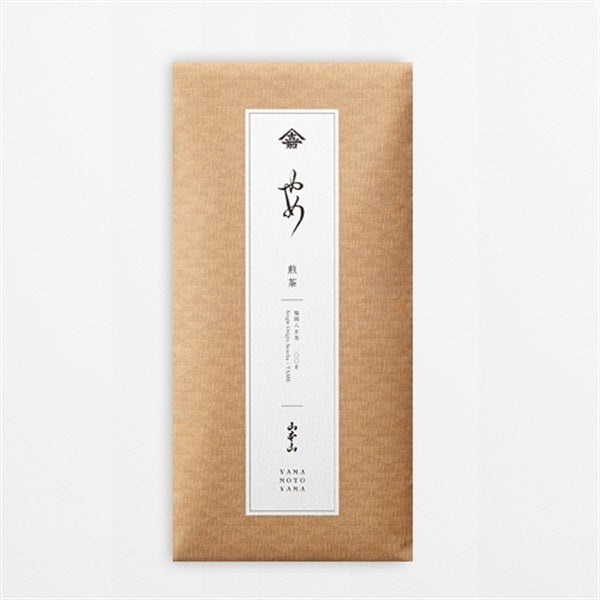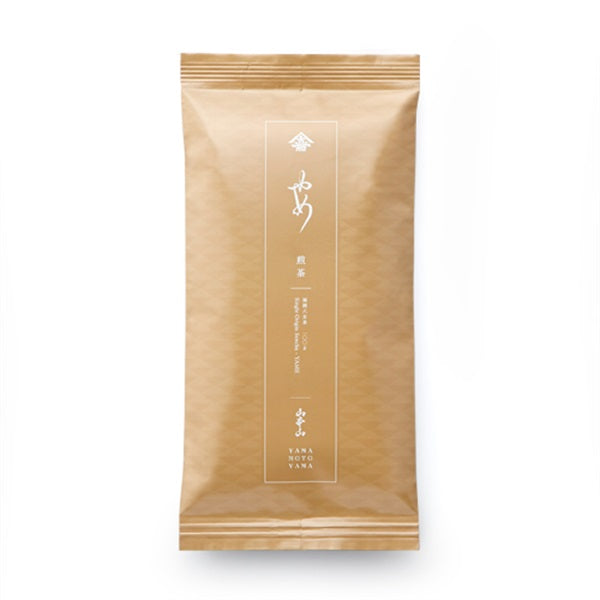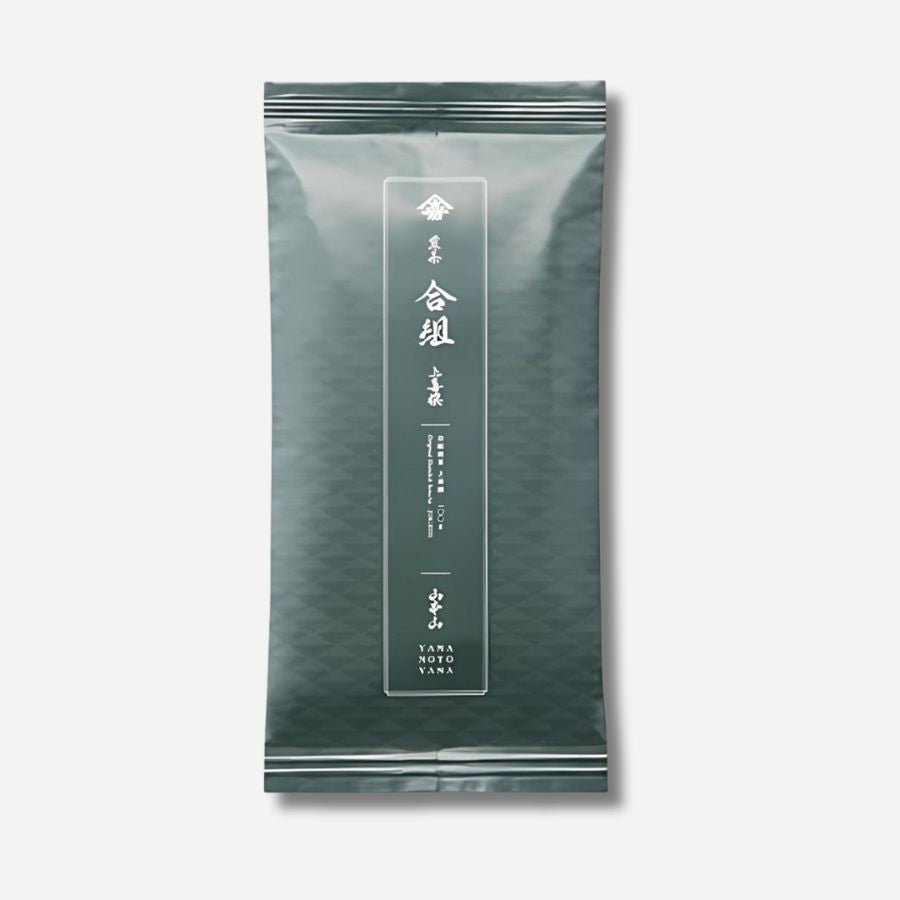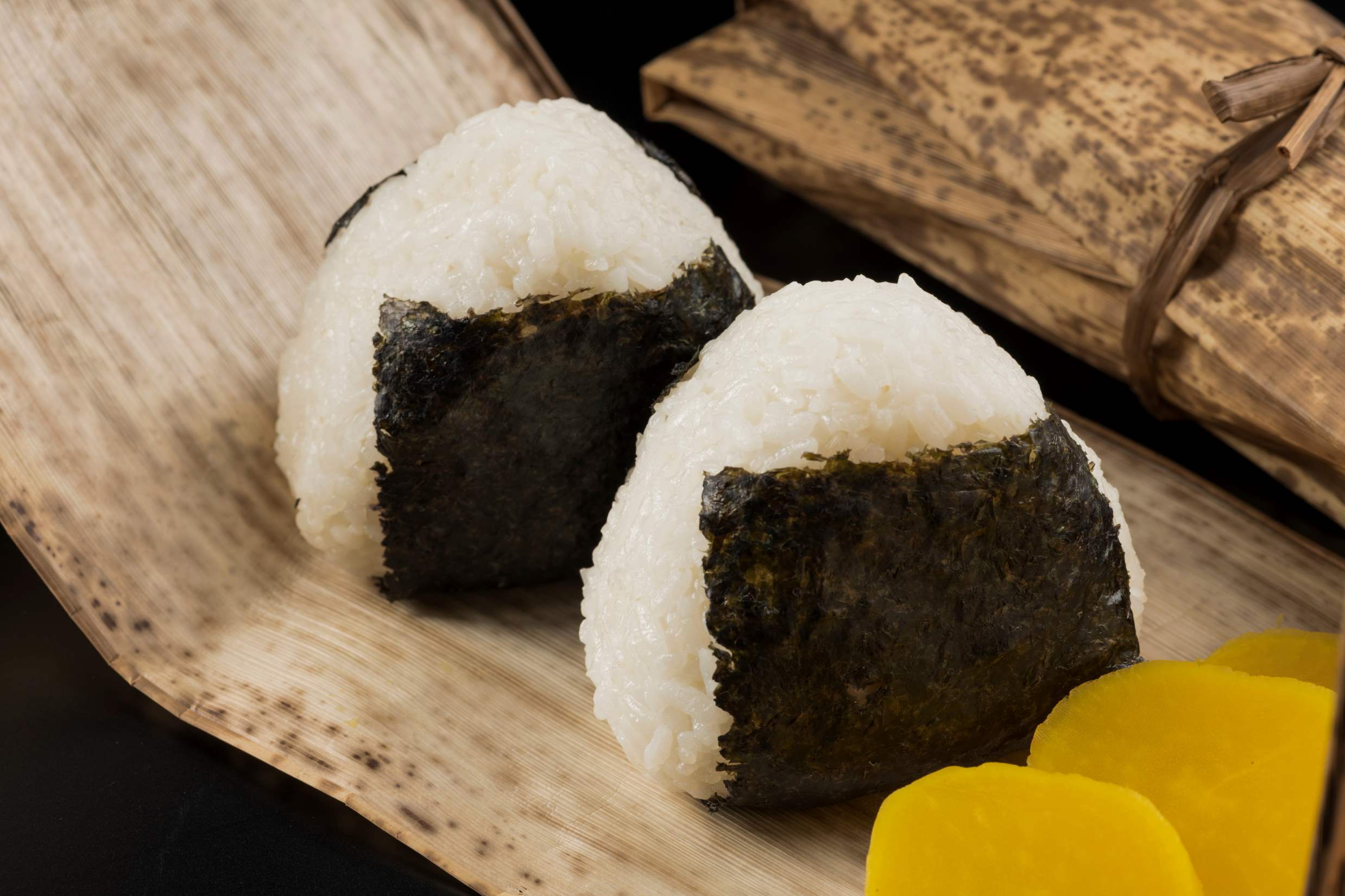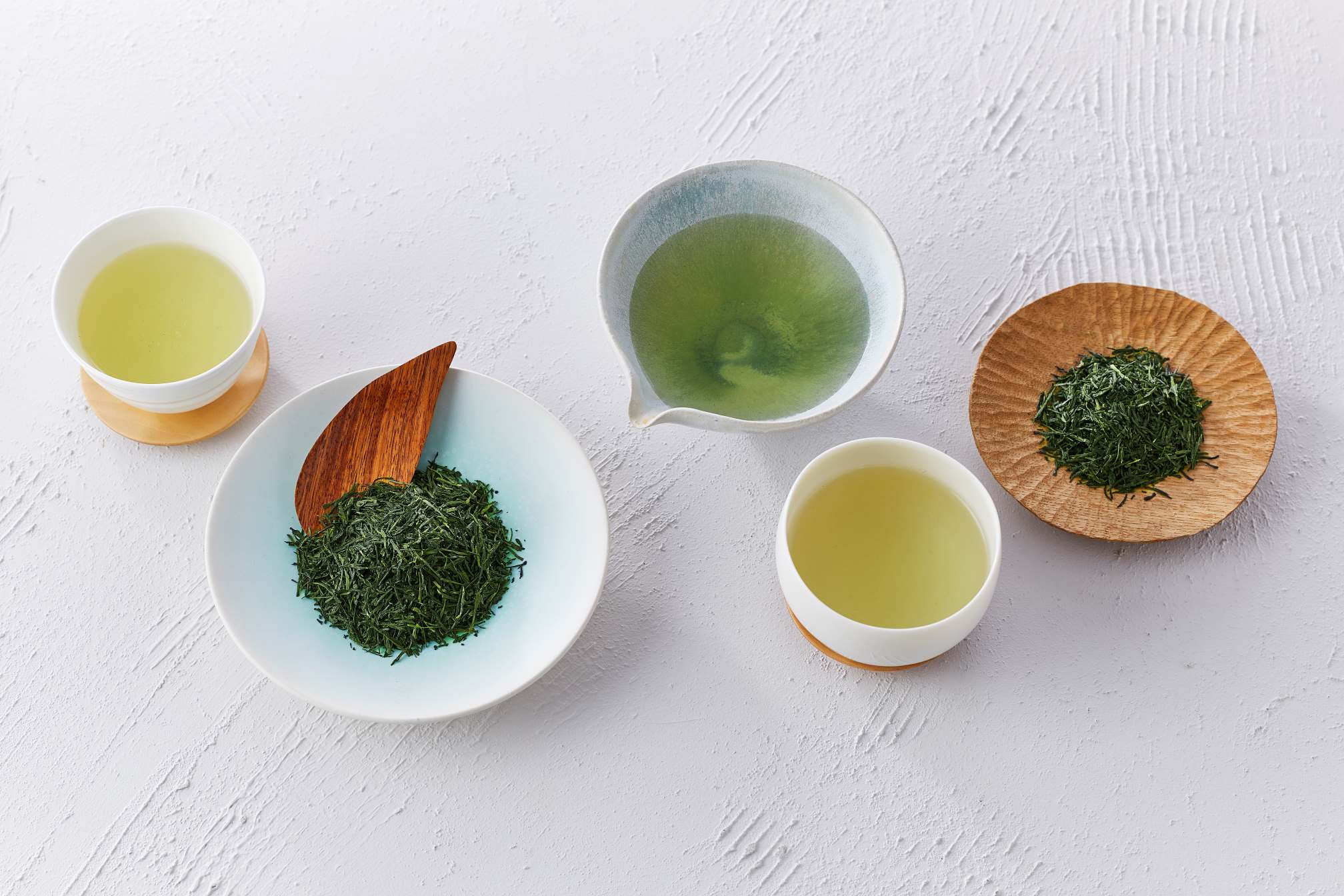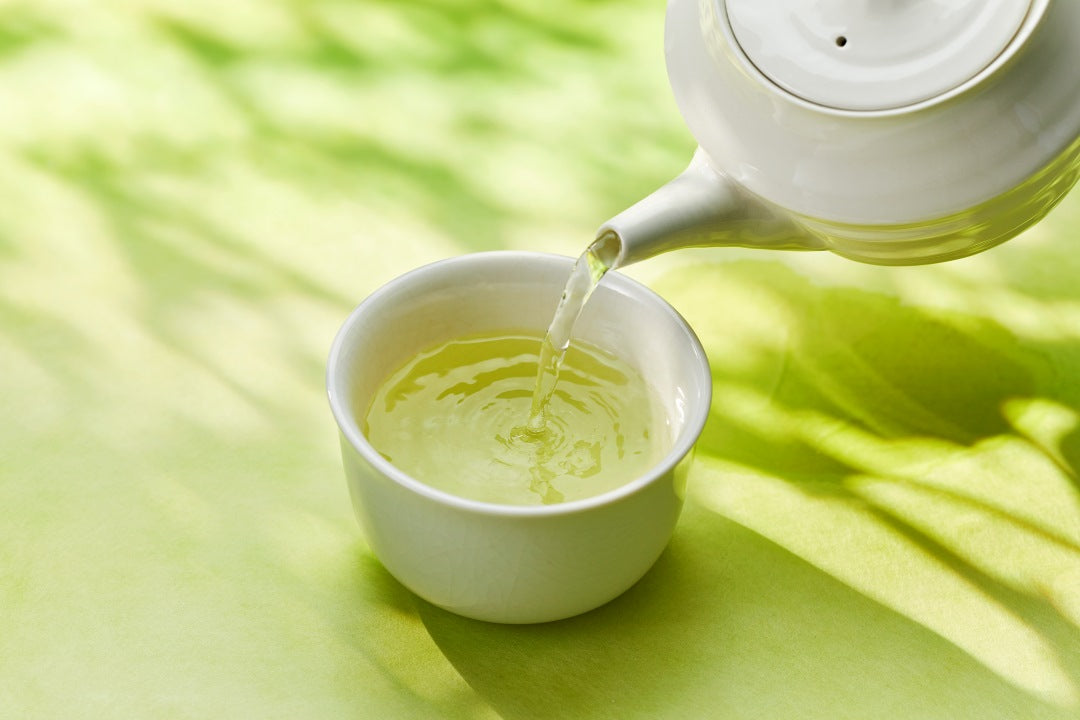
What is Sencha? How is it different from green tea? | The surprising definition of Sencha
How much do you know about "sencha" and "ryokucha"?
Although green tea is consumed on a daily basis, there are surprisingly few people who can clearly explain the difference between "sencha" and "ryokucha."
Green tea is a general term for tea made without fermenting the tea leaves.
Sencha, Hojicha, Genmaicha, Matcha, Gyokuro, etc. are all actually included in the category of green tea.

Sencha is a type of green tea
In other words, green tea is a large category and sencha is just one part of it.
By no means is "green tea" the only tea that is green.
This is a bit off topic, but jasmine tea is actually a type of green tea.
It is often thought to be made from jasmine leaves, but in most cases it is green tea leaves infused with the scent of jasmine or jasmine flowers.
I hope this gives you an idea of just how diverse the types of green tea are.

70% of green tea is "sencha"
Among the many types of green tea, "sencha" is the most common type.
It is made by steaming the tea leaves and has a refreshing taste. Because it uses tea leaves that have been grown in plenty of sunlight, you can enjoy a well-balanced flavor and aroma.
Many people have been familiar with the bright green tea since childhood and the first thing that comes to mind when they hear the word "tea" is the type known as "regular sencha."
In fact, sencha accounts for 70% of the green tea produced in Japan.

Sencha, established during the Edo period
In the past, tea that was boiled and drunk was called "sencha."
However, during the Edo period, a uniquely Japanese method of making green tea called "Aosei Sencha" was established by Nagatani Soen of Uji.
The "Aoseisencha manufacturing method" involves picking only the new leaves, steaming the leaves, and then rolling and drying them in several stages.
Tea made using this method is what we now call "sencha."
Until then, tea was mainly made by steaming or boiling a mixture of new leaves, old leaves, and hardened buds, and then drying them. This method resulted in a dark red color and a rather poor flavor.

Soen invented a new method of making tea by steaming fresh leaves that were free of hard or old leaves, then rolling them by hand and drying them in a roasting oven, which gave the tea leaves a vibrant green color and created a fragrant, flavorful sencha.
This "Aosei Sencha Seiho", which Soen developed over a period of 15 years, dramatically improved the quality of Sencha and became the catalyst for tea to spread among the common people during the Edo period.




